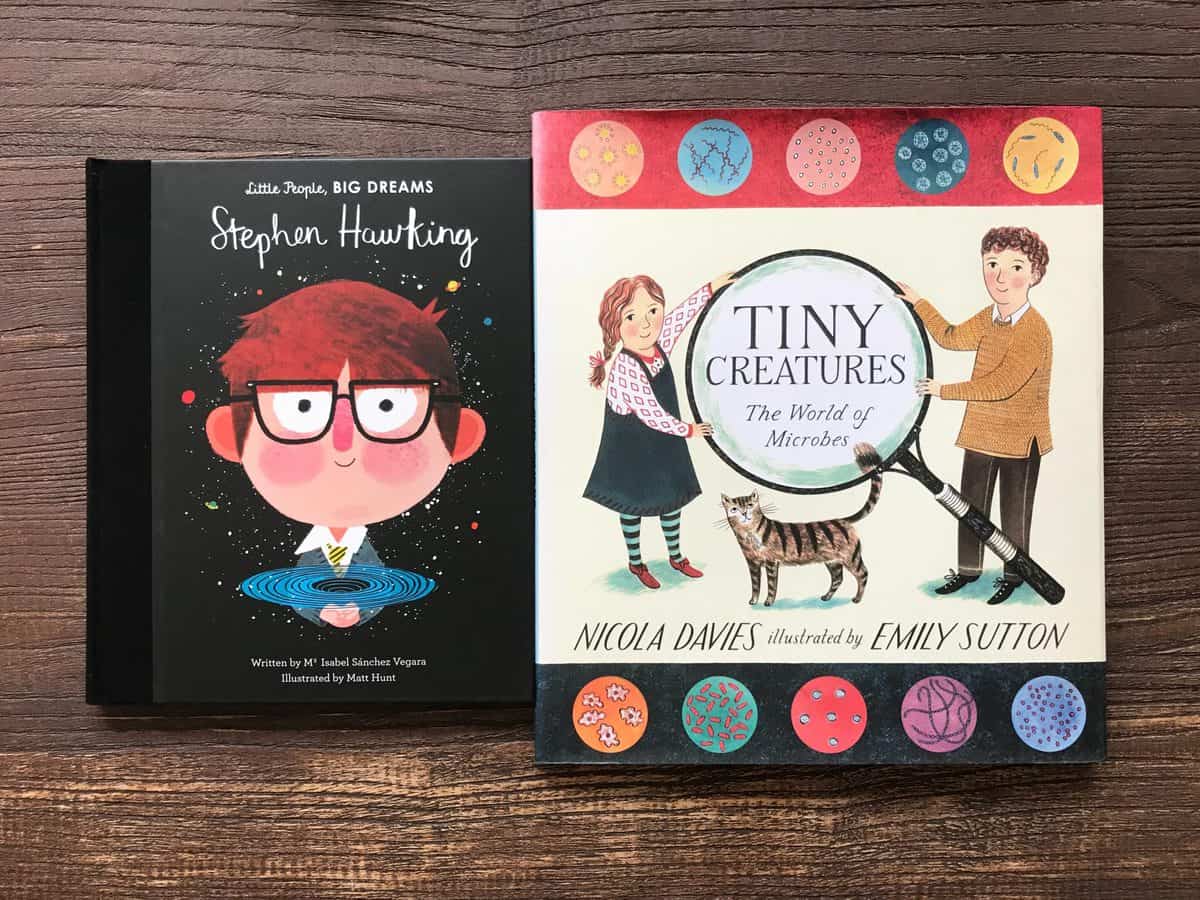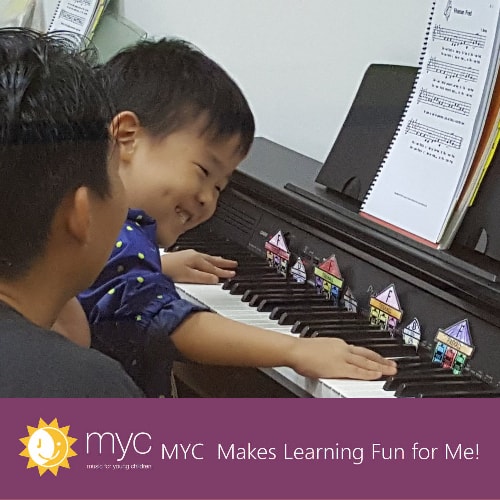A Surprising Way To Prepare Your Preschooler For School: Read Non-Fiction
Submitted by KiasuEditor

Between a story about a child living on an invisible farm, and one about a child dealing with many siblings, which do you think is more appealing to kids?
If you’re a parent, you might pick the invisible farm story, but a study has shown that children are more likely than adults to prefer realism or fact over fiction.
There’s good reason to indulge this preference. As kids progress through school, they will need to read increasingly content-heavy textbooks and conduct research, which, unlike fiction, will require different skill sets to mine and process the information. Local statistics are not available online, but the ability to read non-fiction well and absorb the background knowledge can account for as much as a 33 percent variance in US school performance, which is a difference between an A and a D+ grade.
How do you choose non-fiction picture books for preschoolers, and what are some ways to introduce kids to non-fiction texts in daily life? Rest assured that you don’t have to be a preschool educator to help your kids engage with non-fiction texts! Read on as we share simple five-step strategies for building your child’s non-fiction library, and using available resources to stimulate learning.
Choosing The Best Non-Fiction Books For Kids: 5 Qualities To Look For
As you shop for non-fiction picture books for your kids, how can you identify the better books, especially when many of these books are written in story form, with kid-appropriate language and attractive pictures and illustrations?
Here’s what a good children’s non-fiction book should have:
- It is credible, i.e. written by someone with expertise in the area, or in consultation with experts.
- The writing style is conducive for learning — complicated concepts are made accessible, and engaging language is used to tell a compelling story.
- It furnishes more detail in a variety of ways, such as through charts and timelines. For instance, some non-fiction picture books have a concluding section for advanced readers and parents, to provide more information on the subject, or suggestions for further reading.
- The visuals should be appealing, but more important, they should also contribute to the story and lend themselves to discussions.
- If the book blends fact and fiction, the author should clarify which bits were embellished.
Non-Fiction Read Alouds: 5 Questions To Ask Before, During, and After Reading
If you’ve ever enjoyed a book club discussion, you’ll know the benefits of talking about books, and it’s exactly the same for children. A non-fiction book provides a starting point for knowledge acquisition, while a discussion pushes kids to think about the book’s relevance — how it affected them, made them more curious, or changed their perspective. This is where the real learning occurs, so don’t skip the discussion!
Here are five questions that you can ask your child at each stage of the reading process:
- Before reading: Why did you pick this book? What are some things that you already know about this topic? What do you think this book can teach you? Looking at the title, cover, and illustrations (or pictures), what do you think will happen in this book? Why do you think that?
- During reading: What are the different parts of this book? What is the first thing that attracts your attention on this page? What is the most interesting fact on this page? How do the pictures or diagrams on this page help you to understand the story better? What are some new words or terms that you’ve learned from this page, and can you explain what they mean?
- After reading: Did you like this book, and why or why not? Have you read a similar book to this, and how were the books similar (as well as different)? What doesn’t the book cover, which you would like to find out more about? If you could, what questions would you ask the author? Does anyone or anything in the book remind you of real life?
Reading Non-Fiction Texts In Daily Life: 5 Ways To Increase Exposure
We read non-fiction texts every day, in many more forms than books alone! Many of these texts contain information that are useful for daily living, and we can give our children a taste of this by involving them in our reading routines.
Here are five ways to do this:
- Keep Up With The News: Think beyond our local newspapers, and look for kid-friendly news resources online, where you can print articles to share with your kids. A wonderful site is InspireMyKids.com, which has short stories about resilient kids overcoming personal challenges, as well as change-maker kids who are launching projects to make a difference. Each story includes discussion questions, links to additional resources (including a critical reading skills worksheet), and ways for families to take action for social good.
- Read About Food: Since much of our day is structured around food, why not use this chance to get your kids reading? At home, kids can help with the cooking by reading recipes aloud; while grocery shopping, kids can help to read the nutritional labels on food boxes to spot ingredients that you would like to avoid; at restaurants, kids can read the menu to decide on their own orders.
- Decorate Play Areas: If you have designated play areas for your child at home, be it an area for plant observation, kitchen play, or art and music, you can add relevant posters, charts, empty product packaging, instructional books, and other textual materials that might appeal to a curious child.
- Appreciate Nostalgia: Vintage reading materials can be interesting for kids — think old encyclopaedias from your personal collection, textbooks from an earlier age, or your old yearbooks and report books. These are materials that the entire family can have fun flipping through, and there will be lots to talk about as well!
- Plan Outdoor Excursions: Heading out? Don’t take on all the planning work on your own. Get your child to help with reading weather information, schedules, ticket prices, and event descriptions. Ask for their opinions on the best time to head out, and which activities they find appealing.
Another essential skill for preschoolers is critical thinking — read our guide to find out how you can raise children with good thinking habits!
